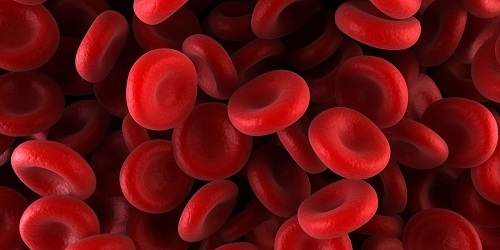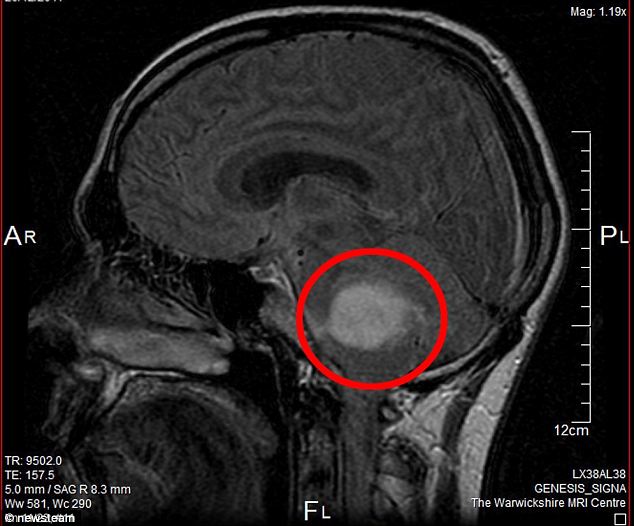Researchers have concluded that apart from obvious explanations such as over-eating, lack of exercise, accumulation of endocrine-disrupting chemicals, and other reasons, obesity is of infectious origin and it is called infectobesity. Researchers have even published their findings in Proceedings of the Royal Society B. Recent evidence on animal and human adenoviruses suggests that these adenoviruses may infect adipocytes to alter enzymes and transcription factors resulting in accumulation of triglycerides and differentiation of preadipocytes into mature adipocytes. The E4 or f1 gene of Ad-36 has been shown to be responsible for the adipogenic effect. It appears that a portion of the worldwide epidemic of obesity since 1980 could be due to infections with human adenoviruses.’ Ad-36 is known to increase the replication, differentiation, lipid accumulation and insulin sensitivity in fat cells and reduces those cells’ leptin secretion and expression. It also affects human primary preadipocytes. Studies have shown that, in the USA, antibodies to Ad-36 were more prent in obese subjects (30%) than in non-obese subjects (11%). Scientists have found that the adenovirus SMAM-1 that infects birds enters the ‘pre-fat’ cells and through certain biochemical changes accumulates large amount of triglycerides thus increasing the number of fat cells especially in the abdomen of the chicken. Adenovirus is a virus that infects the upper respiratory system causing symptoms similar to a cold or flu.

Be a part of Elets Collaborative Initiatives. Join Us for Upcoming Events and explore business opportunities. Like us on Facebook , connect with us on LinkedIn and follow us on Twitter , Instagram.












